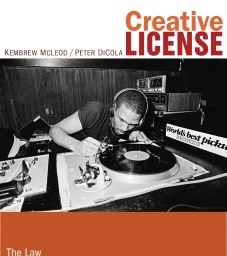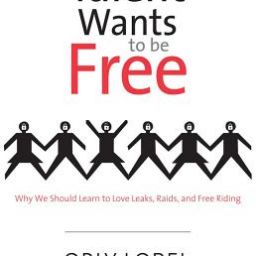by Raizel Liebler
Intellectual Property: A Very Short Introduction (Oxford University Press 2017) by Siva Vaidhyanathan effectively lives up to its name, serving as a hundred-and-one page overview about intellectual property. What can be covered in such a short overview? The big three of IP — copyright, patent, and trademark, but also mentions of rights of publicity, geographic marks, trade secrets, data protection — and even moral rights and IP issues in fashion.
This is a lot of ground to cover, but the best element of this book is that all the discussion about what the law is, is grounded in a historical and policy context of how we got here in our discussion of what is and what isn’t intellectual property and what is therefore protected. There are economic and political reasons why some products of the mind are legally protected — and some aren’t, which Vaidhyanathan delves into.
While this book is highly recommended, it isn’t without minor flaws. The mentioning of specific cases without their formal names or citation is something that should just not happen; a listing of cases wouldn’t have lengthened the book by more than a couple of pages. Additionally, some of the discussed cases that are mentioned as in progress were decided before the book was published. But that is also a big part of the importance of the book’s discussion of IP rights — they are always shifting slightly, but we are all part of the process of determining what they should be.
Overview: Highly recommended. An interesting, easy, and thought provoking read that gives new insight on IP rights to everyone from that relative that talks about “patenting that book you wrote” to law classes.
For example, when I teach an Intellectual Property class again, I may use this book as the text, supplemented with case law — cost-effective for students !




